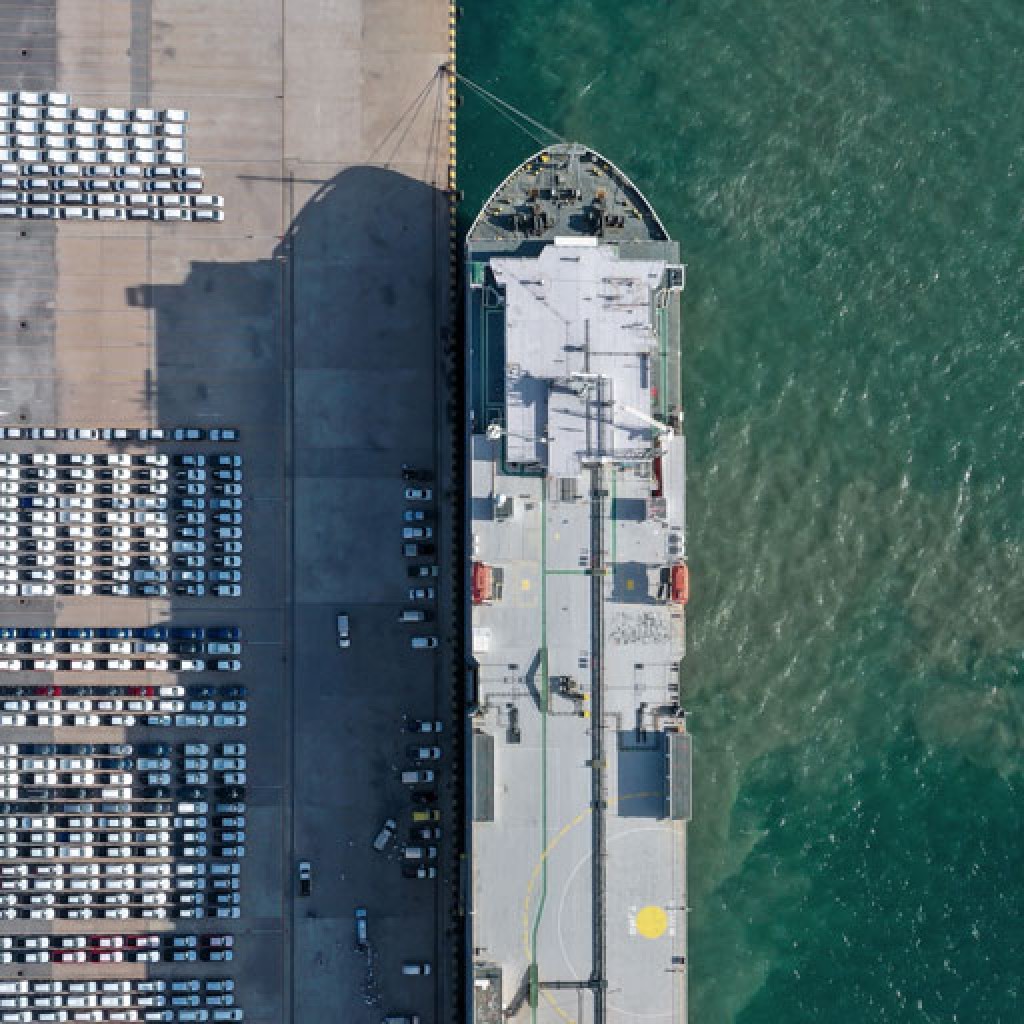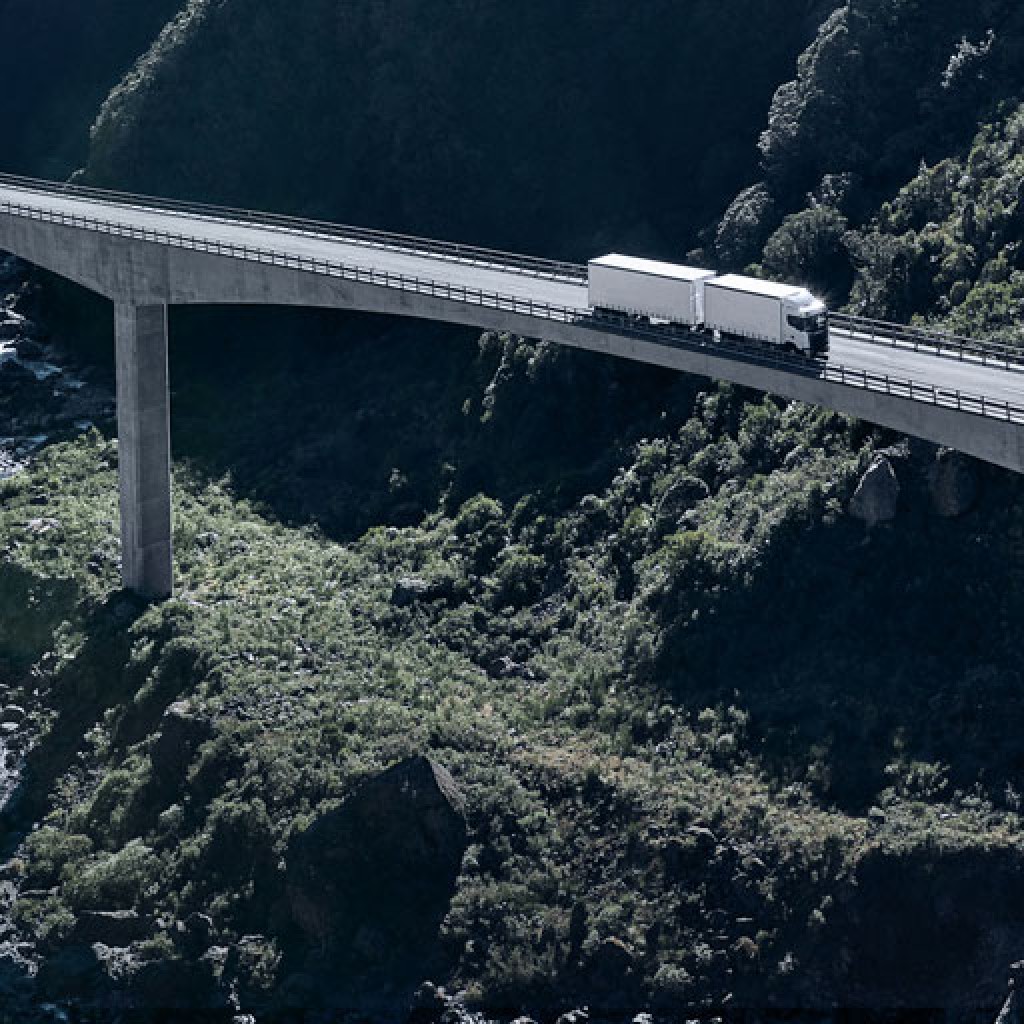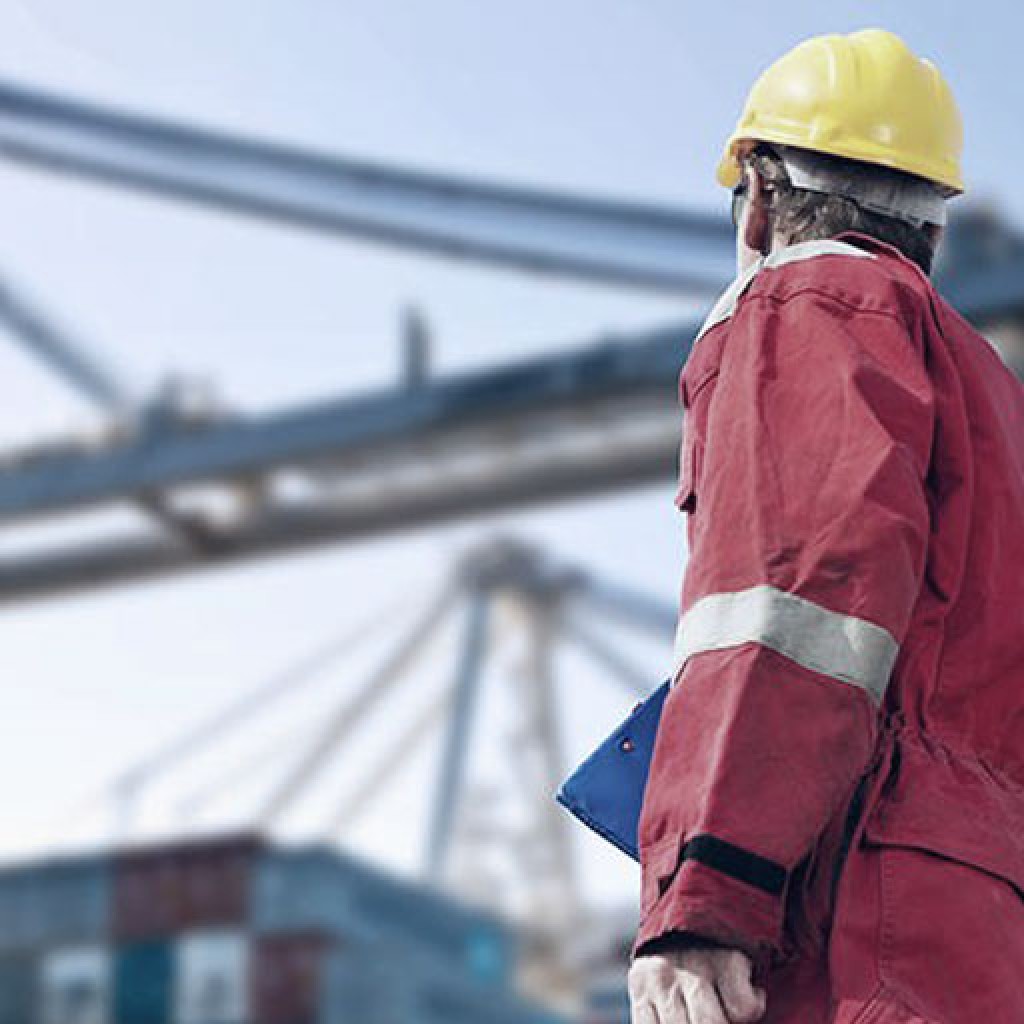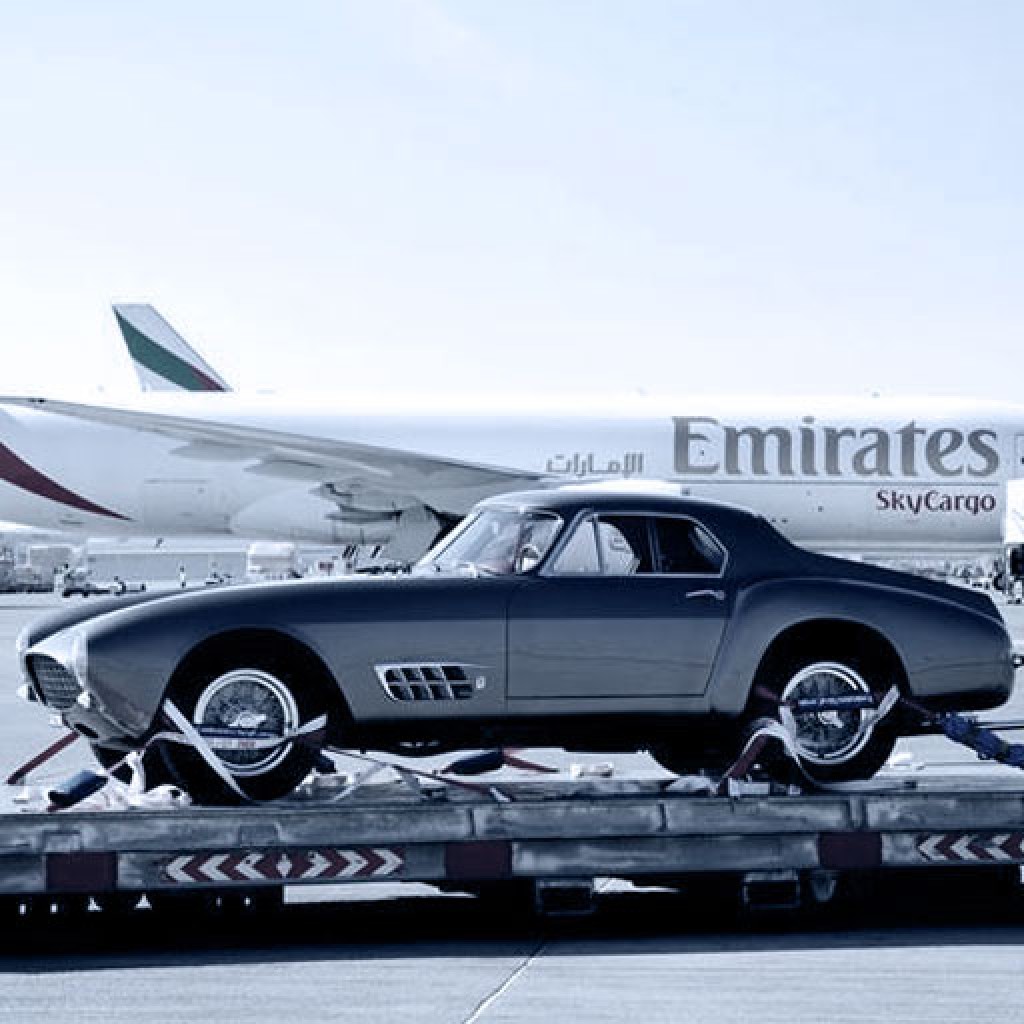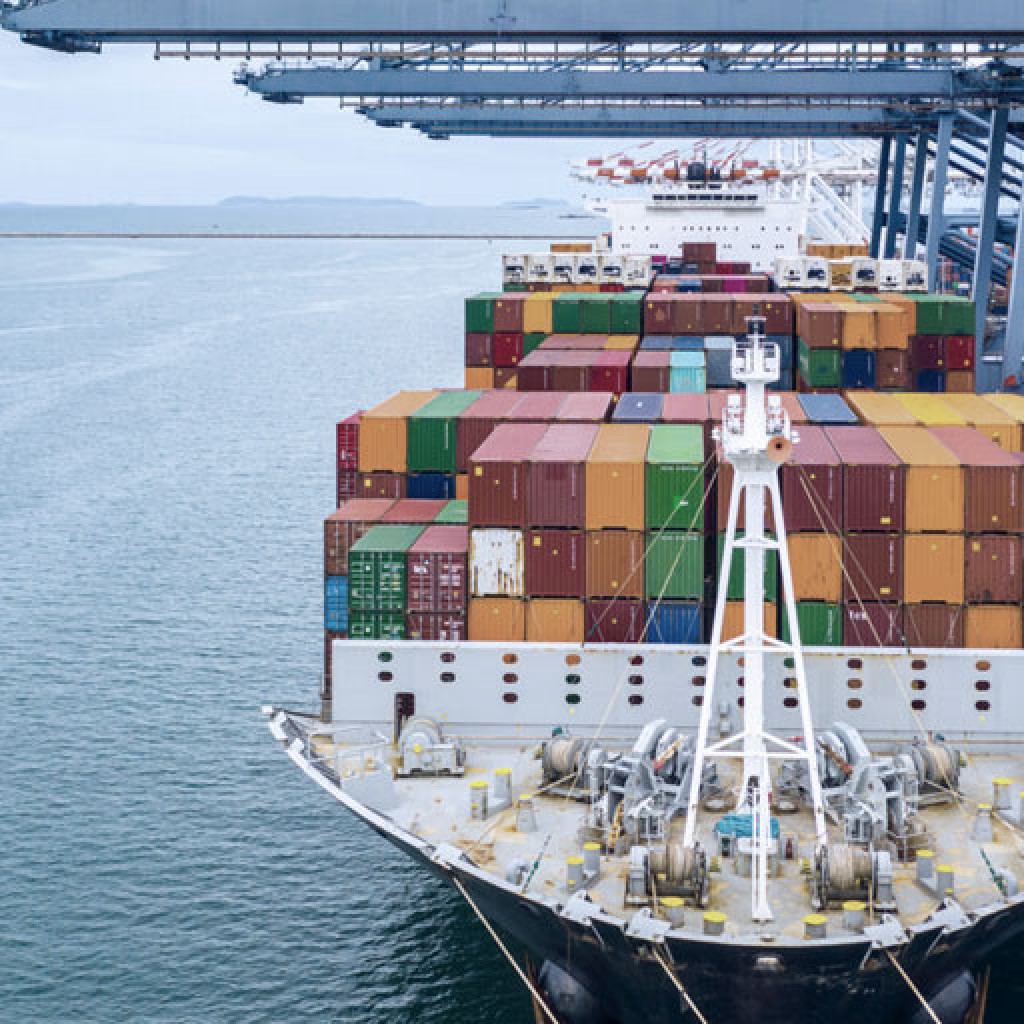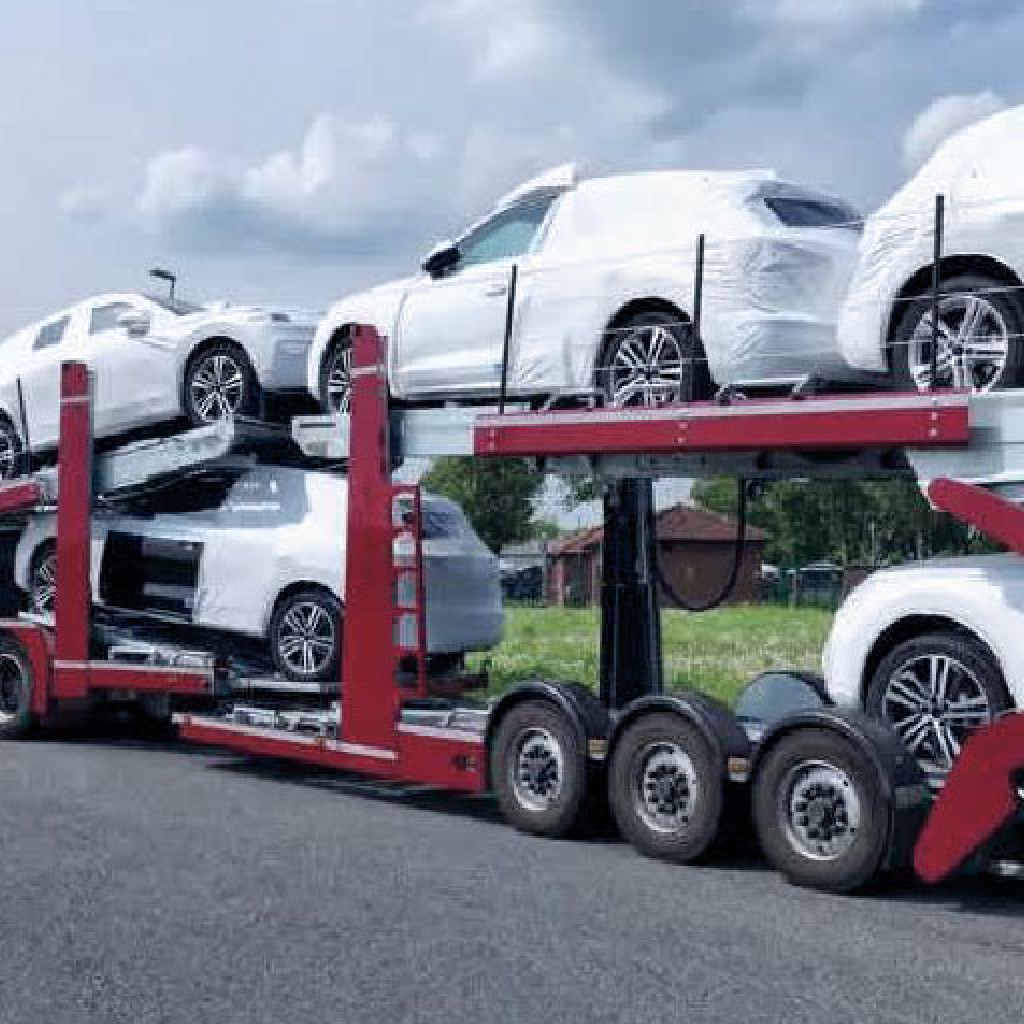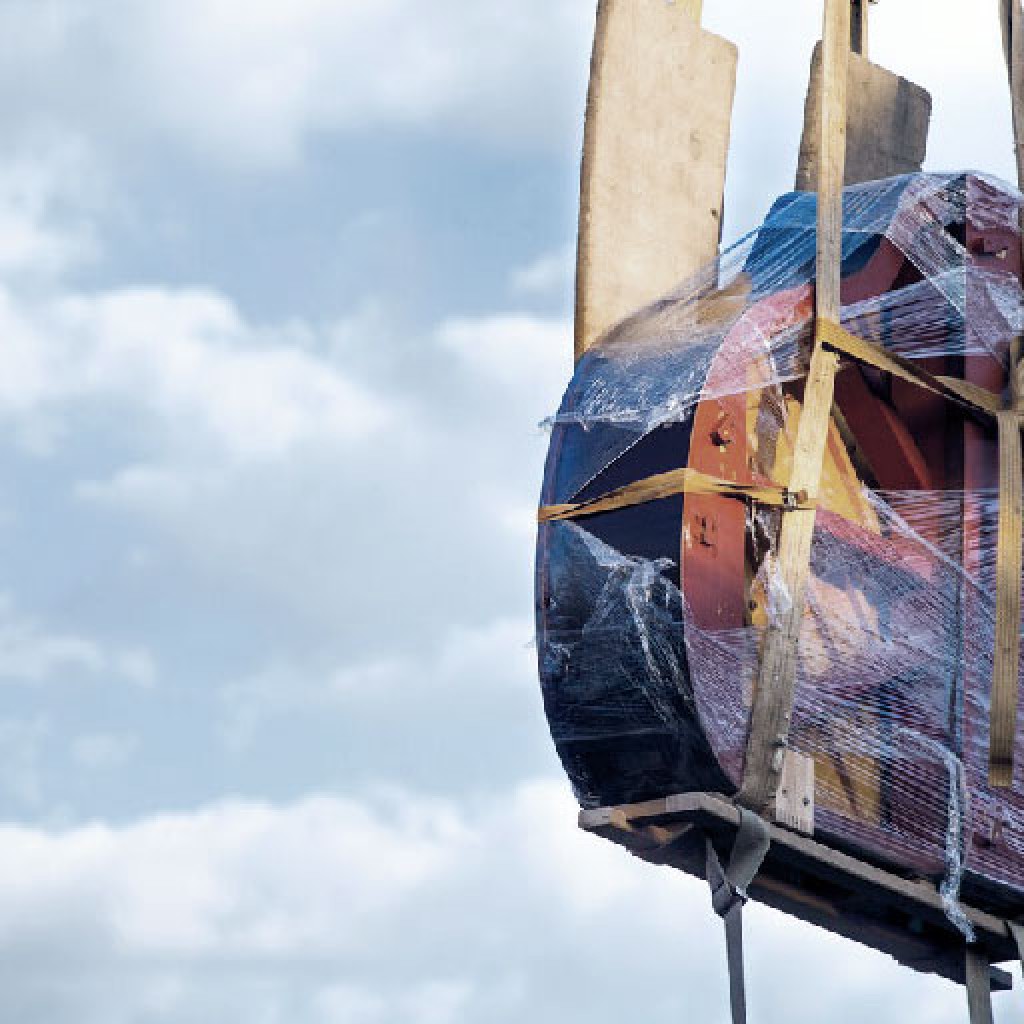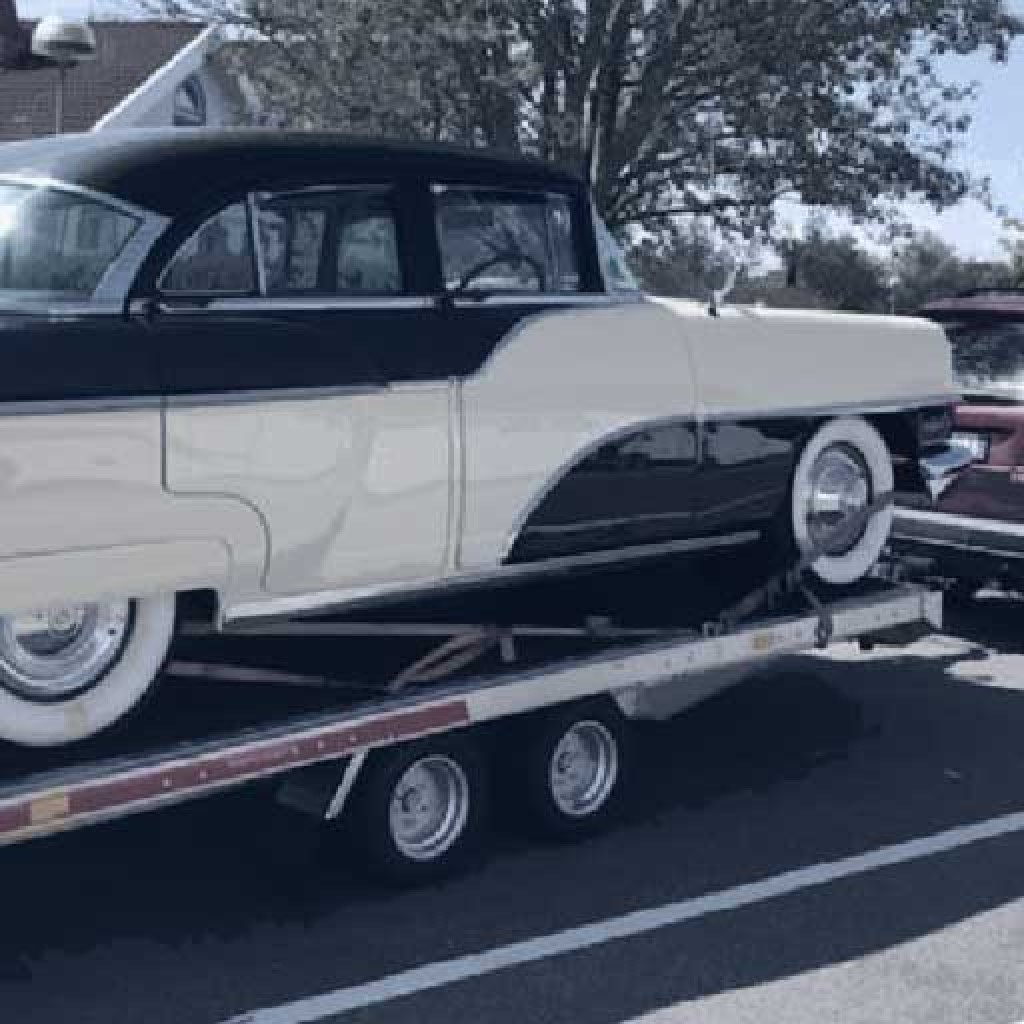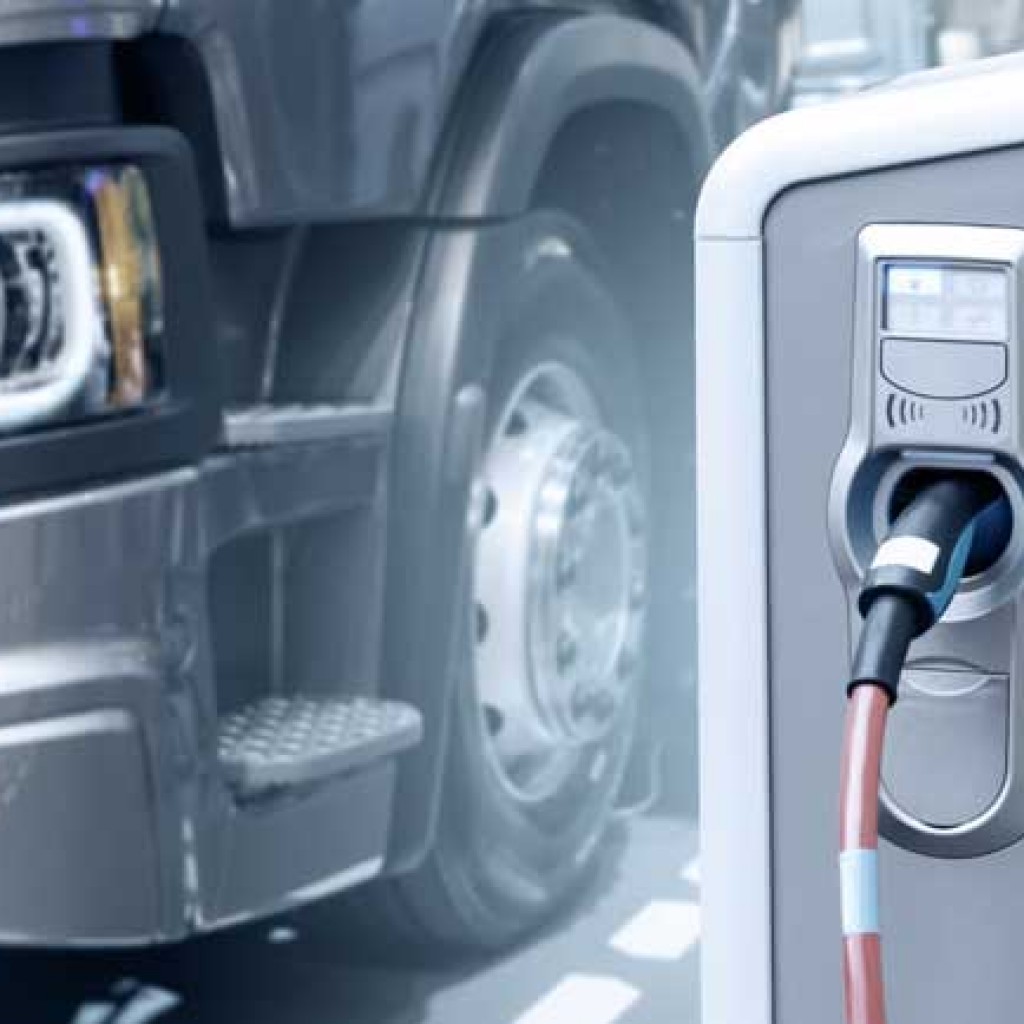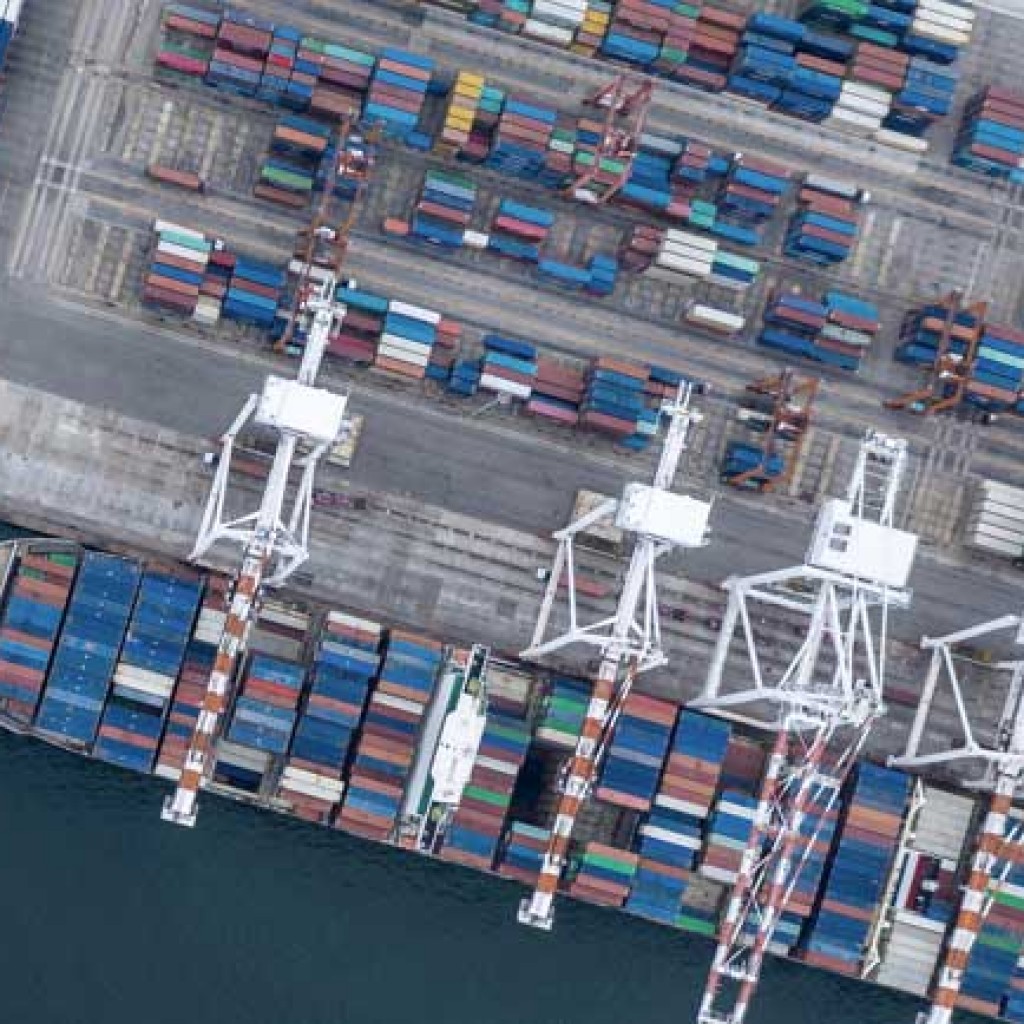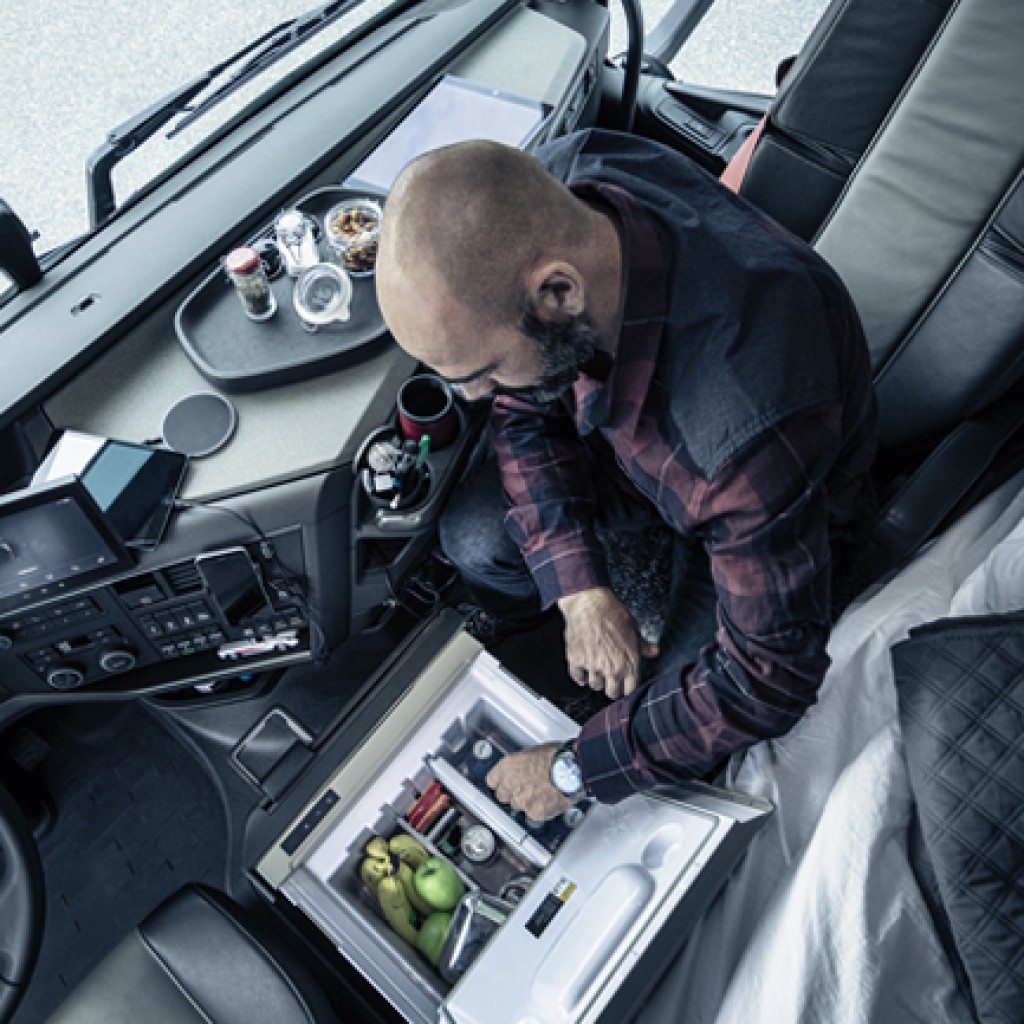Driving an exceptional transport vehicle can be quite challenging, but preparing the journey, through a specific logistic plan, is equally so. It is certainly a growing sector, but it must be handled with extreme attention. Just think that these are huge vehicles in length and width.
These exceptional vehicles which must also travel on motorway bridges and viaducts and, sometimes, travel along roads that run through inhabited centres.
EXCEPTIONAL VEHICLES AND TRANSPORT IN EXCEPTIONAL CONDITIONS
Out-of-gauge goods and materials, which have dimensions and weight beyond the standard, national and international shipments that require special attention and planning: in these cases, by definition, we talk about exceptional transport.
The most frequent cases are related to the transport of tanks, silos, boilers, sheet metal, transport of industrial machinery, stone blocks, truck mixers, wind turbines and blades, gas turbines, yachts and medium-large boats.
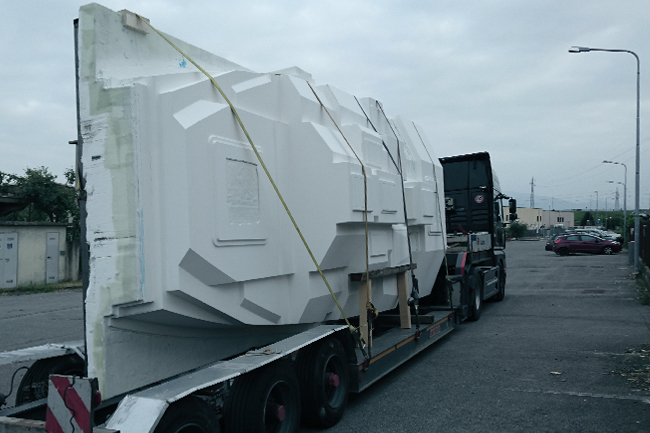
Road transport of exceptional loads is essential to allow goods to reach warehouses, ports, or railway stations.
Since these loads exceed the limits in terms of size and weight provided for by the Highway Code, it is necessary that the transport complies with specific regulations, to ensure first the safety of anyone traveling by road but also of the drivers themselves.
The legislation concerning exceptional vehicles and transport in exceptional conditions is regulated by article 10 of the Highway Code, which specifically governs the rules to be respected for vehicles that, in their running configuration, exceed, for specific functional needs, the shape or mass limits established in art. 61 (shape limits) and art. 62 (maximum mass) of the Highway Code.
In the context of the legislation governing the category of exceptional transport, a distinction must be made between "exceptional vehicles" and "transport in exceptional conditions".
The first case includes those vehicles which, based on their running configuration, exceed the size and mass limits established by articles 61 and 62 of the Highway Code, while for "transport in exceptional conditions" the rule provides for movement of an indivisible load, whose dimensions or weight are greater than those established by the aforementioned articles of the Highway Code.
In the latter case, these are divisible objects considered exceptional, loads that exceed the rear by more than 3/10 of the length of the vehicle and at the front beyond the same vehicle shape.
WHAT ARE THE DIMENSION AND WEIGHT PARAMETERS OF A SPECIAL LOAD?
The shape and mass limits beyond which transport is defined as “exceptional” are:
- Length: 16,50 meters if a car or tractor with trailer or semi-trailer, 18,75 meters if a truck consisting of a tractor with a trailer;
- Width: 2,55 meters, 2,60 meters in the case of transport at controlled temperatures;
- Height: 4,00 meters;
- Weight: 18/20 tons in the case of an isolated vehicle with two axes, 24/44 tons in the case of articulated trains with 3 to 5 or more axes.
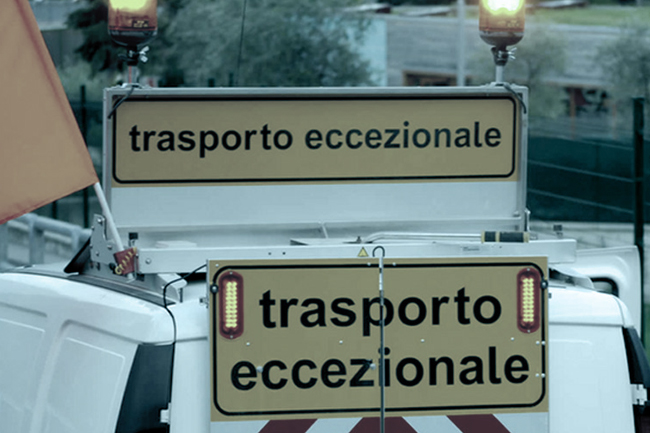
GUIDELINES FOR CIRCULATION AUTHORIZATIONS OF AN EXCEPTIONAL TRANSPORT
Exceptional transport is necessary for many industrial sectors, that is why more and more operators need clear information on the legislation.
Such transport, on the other hand, is a source of concern both for safety and for the wear of the road surface. Therefore, the legislator, in recent years, has reviewed and updated the legislation several times, in view of the necessary adaptation to the European guidelines and in sight of the introduction of simplifying elements.
The basic rules governing exceptional transport are contained, as mentioned above, in article 10 of the Highway Code, but in paragraph 6 of the above-mentioned article, it is established that some of these vehicles can circulate, without an authorization, on suitable roads. These roads should be included in a list as required by paragraph 226.

First, for exceptional vehicles, the non-standard feature is already registered on the registration certificate. Therefore, they do not require authorization if they do not exceed further limits to those contained in articles 61 and 62 of the Highway Code.
For transport in exceptional conditions, instead, traffic authorizations are necessary and must be issued to the owner of the vehicle or to the concessionary bodies of motorways, state, and provincial roads.
There are different types of permits for exceptional transport:
- Single authorizations: issued from time to time for a single trip, valid for no more than one month;
- Multiple: referable to a predetermined number of transports during a period of time, not exceeding three months;
- Periodic: which include an unlimited number of exceptional transports and have a maximum duration of six months or one year in the case of exceptional transports whose load protrudes from the rear for a value equal to or less than 4/10 of the length of the vehicle.
WHAT AUTHORIZATIONS DO YOU NEED FOR EXCEPTIONAL TRANSPORT?
To carry out exceptional transport, it is necessary to request an authorization. But who to turn to?
The answer is not so simple. After having established with the maximum precision the road route to be travelled, the types of roads that will be travelled must be checked: municipal, provincial or state roads.
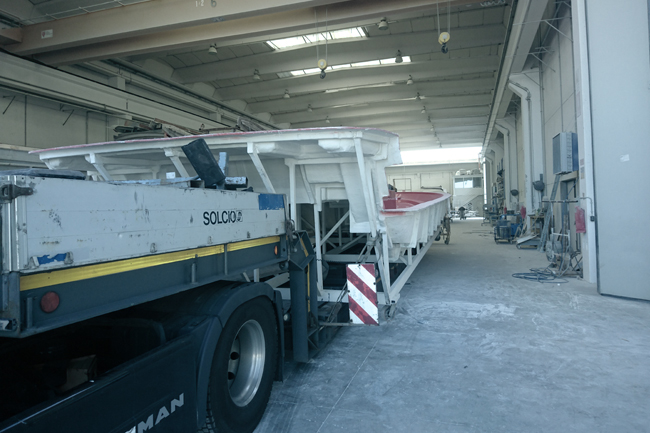
In the case of a trip that includes roads, for example, both provincial and municipal, it will be mandatory to make a request to both institutions.
The request must be made on plain paper or with a revenue stamp. The institution will establish, at its sole discretion, whether it will be necessary to provide an escort to the driver or whether the trip will involve other costs (such as, for example, damage to the road surface).
There are two types of escorts: the technical escort and that of the traffic police. Their use is required based on the characteristics of the transport and the type of route planned.
A technical escort is made up of a series of specialized employees who, aboard specific vehicles, follow the exceptional transport along the way.
The purpose of a technical escort for exceptional transport is to ensure that the vehicle does not cause damage to things and people and, at the same time, that the transport itself arrives at its destination without problems. It is therefore a road safety service.
For what concerns the timing, an authorization must be requested at least fifteen days before transport or, as mentioned above, one-off authorizations or for a specific period can be requested. Only after the release of this authorization will we be able to proceed, respecting the instructions provided by the authorities, with the transport of our exceptional cargo.
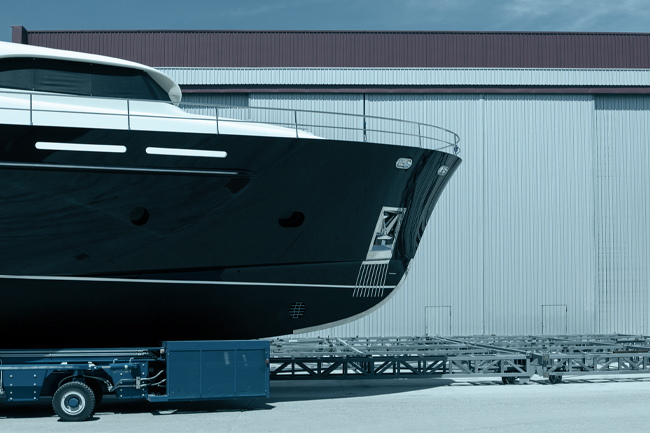
Time restrictions
In addition to requiring specific permits, the transport of special loads must be subject to specific time restrictions. In several roads of national or regional jurisdiction there are traffic bans from 12 am of Saturday or a day before a holiday until Monday or the day following a holiday and for motorways on Sundays from 9 to 22.
SPECIAL ROAD TRANSPORT OF GOODS, NOT SUBJECT TO AUTHORIZATIONS
Here are some transports, in exceptional conditions, which are excluded from the authorization request:
- Car transporters under 4,20 m of height and which do not exceed 12% in length of the limits imposed by Article 61;
- Container transport by road if the container carriers do not exceed 4,30 m in height and 12% in length and as long as the other limits referred to in art. 62 are not exceeded;
- Vehicles for the transport of live animals, with bodywork of variable height, vehicles carrying hay bales or rolls of straw and hay and vehicles used for the transport of operating and agricultural machinery, if they do not exceed 4,30 m in height, notwithstanding the other limits mentioned in articles 61 and 62 of the Highway Code;
- Work vehicles if they do not exceed the dimensions and weight provided for by art. 61, if in the journey there are no road sections with restrictions in this regard or if the route is on roads passable by such vehicles according to art. 226 of the Highway Code, and if the wear compensation has been paid for the adaptation of road infrastructures.
If you are in doubt about any of these points, it is advisable to always request authorization from the bodies in charge.
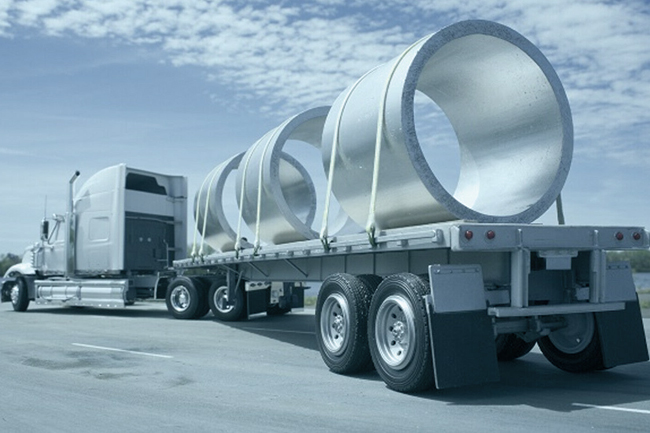
INTERNATIONAL ROUTES: EXCEPTIONAL TRANSPORT FROM AND TO GERMANY
The exceptional transport division of our company provides advice on the best management of exceptional transports on an international scale, including cargo to be sorted to and from Germany.
Trasauto Logistica, considering its forty years of experience in international and intercontinental transport, is the ideal partner to rely on for the shipment of goods to the most important German industrial areas, including Munich, Stuttgart, Frankfurt, Düsseldorf, Hanover, Berlin, Hamburg.
Germany, first among Italy's commercial partners, has always been best served by our company. By relying on us you will have at your disposal a team specialized in:
- Significant and continuous management of relations with the German territory;
- Analysis of the most suitable solutions for the specific business needs;
- Ability to solve any possible unforeseen events that may occur during the loading, transport and unloading phases;
- Logistical organization of transport with exceptional loads, oversized loads, machinery, large volumes, steel logistics, industrial semi-finished products, components for oil plants;
- Administrative efficiency, for what concerns the authorizations necessary for the correct performance of the service.
Over the years, our company has directed considerable resources to the optimization of this particular type of transport. Because on exceptional loads, attention to detail and punctual organization are fundamental requirements for the correct management of each service.
During each phase of the transport of the goods, we offer GPS traceability of all the vehicles used and we allow to know the position of the load in real time, guaranteeing availability 24 hours a day, 7 days a week, to meet every need.
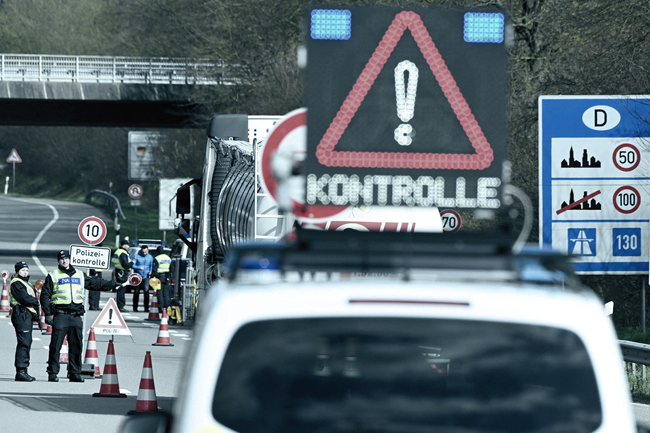
By virtue of an optimized service, today, we can manage any type of transport in the safest and most efficient way.
Before carrying out each service, we require in detail both the quantitative characteristics of the product (dimensions, mass, volume, weight, etc.) and the qualitative ones (product type, chemical-physical composition, etc.), so that we can study the best transport solution.
For the most delicate cases of exceptional transport, our team of experts carries out an initial inspection, both departure and destination locations, developing a customized transport plan.
The constant presence on the German territory has allowed us to consolidate relations with German correspondents and forwarders. And this "modus operandi", based on the efficiency of tools and methods, allows us, today, to ensure synergy, safety, professionalism, dedication, and fairness.
These are the key points that consolidate the mission of our company.
AN EXAMPLE OF EXCEPTIONAL TRANSPORT IN GERMANY
Transports are defined, in exceptional conditions, when the transported good exceeds the standard dimensions because it is indivisible, or because even if it is divisible, it exceeds the dimensions of the vehicle.
The peculiar aspect of these exceptional transports is the fact that they take a long time, as the vehicles must proceed at extremely low speeds. In fact, they often occur at night to avoid creating traffic and involve, in addition to trucks, many vehicles and support staff.

Every day in Italy, but also abroad, hundreds of exceptional transports are carried out, but there are some of these that are incredible.
Sometimes it happens that it is necessary to move very large goods or objects. To carry out these transports, special vehicles and a staff of particularly qualified professionals are required.
Really exceptional is the transport of a millstone for the crushing of minerals, directed to a mine in Brazil carried out in Germany, a few years ago.
A difficult transport due to the size of the goods, but also because a special system had to be developed for overcoming a railway overpass.
The convoys departed from Magdeburg, in Germany, and, overall, the apparatus to be transported consisted of 16 separable segments.
The design for this transport alone took 45 days to process. But, for exceptional transport, the design phase is fundamental. The impact of the shipment derives significantly from the design process both in terms of timing and cost for companies.
THE HUGE MILLS FROM GERMANY TO BRAZIL
For the 300 km of the Magdeburg-Hamburg route, the first eight “smaller” segments weighed up to 23,2 tons. These components were transported directly by road. The other eight, which had a diameter and therefore a height of between 4.6 and 8.7 meters, were transported to the Schönbeck terminal, in Hamburg, navigating the Elbe River.
But there was a railway bridge obstructing these 173-ton giants. To cross it, the German technicians had to bring the exceptional transport back to the road, creating, in fact, a "bridge over the bridge".
Just imagine a self-supporting structure, 48 meters long, built in just over three days above a railway bridge which, alone, would not have borne its weight in any way.
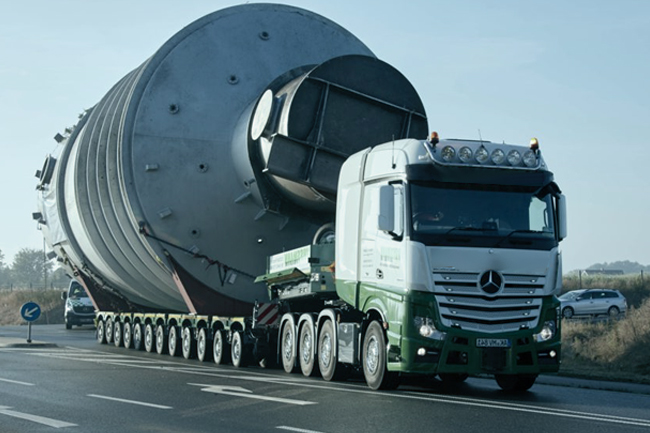
Only after two more long mornings, the first 150-ton mill was rolled onto a ramp and then onto the temporary bridge. From here, the tractor transported the heavy load to the other side of the bridge, thus reaching the port of Hamburg by road.
Then, the manoeuvres were repeated for the other millstones. Two days later, all the equipment was shipped to Brazil.
We mention this extraordinary transport to transfer to users the suggestion to rely on well-established companies on the international scene. Because, for this kind of service, it is advisable to make careful logistical planning and have a large fleet of vehicles. And again, because, in any intermodal combination, a stable and effective partnership policy must be considered necessary.
Thanks to a developed and complex fleet of vehicles, Trasauto Logistica can effectively respond to all possible needs relating to transport and special lifting, dealing with structures of any kind and size for over forty years and positioning them wherever they are needed or desired.
Contact us and fill in the form to get a free quote.
______________________
Or for personalized advice, you can call the offices in Italy at: +39 (0) 828 1818150
or request more information also by e-mail: info@trasauto.com
Articles
Related
A MASSIVE SHIPMENT OF CARS ON…
Multimodal transport, in particular for the Italy-USA route, combines road…
EXPORT OF ESCARGOT ON THE FRANCE-IRELAND…
Our escargot transport service, particularly for the France-Ireland route, is…
MOVING A SUPERCAR ON THE FRANCE-MOROCCO…
Our Supercar transport service, particularly for the France-Morocco route, is…
THE TRANSPORT OF MEDICINES FRANCE-FLORIDA. ECONOMY…
Intermodal transport is an extremely flexible and cheap transport method,…
COMBINED FRANCE-CANADA TRANSPORT OF VINTAGE CARS.…
Using the services of Trasauto Logistica, in particular, when you…
INTERMODAL TRANSPORT TO AND FROM THE…
A long and complex journey, from France to America, always…
LUXURY TRANSPORT IN THE MIDDLE EAST.…
Depending on the routes, the timing, the necessary documentation, the…
CAR TRANSPORTER RENTAL FOR VEHICLE TRANSPORT.…
Investigation of the reference market, request for an estimate, vehicle…
PERISHABLE GOODS. WHAT ARE THEY AND…
Perishable goods include short-life food and pharmaceutical products. To avoid…
TRANSPORT OF VEHICLES AND BULKY OBJECTS:…
The transport of bulky vehicles and objects is an exceptional…
CAR TRANSPORT, HOW TO CHOOSE AND…
Car transport with car transporters has obvious organizational and economic…
HAVE YOUR ACCIDENTED CAR TRANSPORTED
When collecting and delivering an accidented or non-running car, it…
THE TRANSPORT SECTOR ADAPTS TO RENEWABLE…
When we think of building a more sustainable future, we…
THE TRANSPORT OF THE FUTURE: AN…
When it comes to the transport of the future, a…
MARITIME TRANSPORT. IS IT THE BEST…
In recent years, new technologies and the modernization of traffic…
BEFORE SHIPPING A VEHICLE. GUIDE AND…
To one’s own advantage and to the transporters’ who will…
HEALTHY EATING AND TRUCK DRIVERS. IS…
The importance of road transport for society and the economy…
LUXURY CAR. WHEN THE CAR IS…
The cost of the transport of a luxury car, with…
PROFESSION TRUCK DRIVER. FIND OUT THE…
Over the years, logistics has acquired great importance in the…
SUPERCAR: WHEN LUXURY HAS NO LIMITS
What to do if our supercar should reach a location…
Subscribe
Newsletter
Subscribe to our newsletter to stay in touch.

